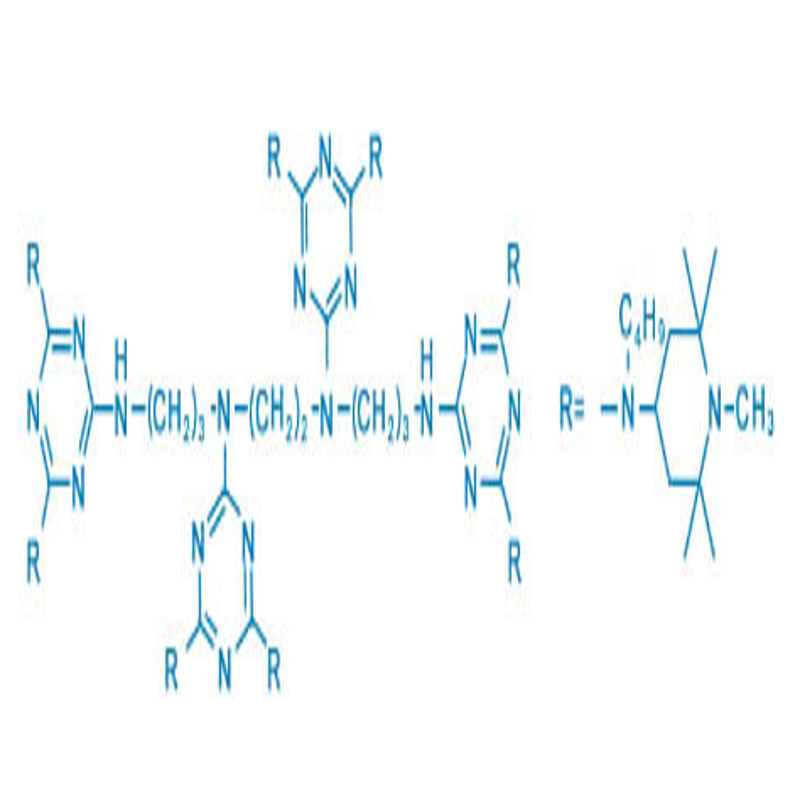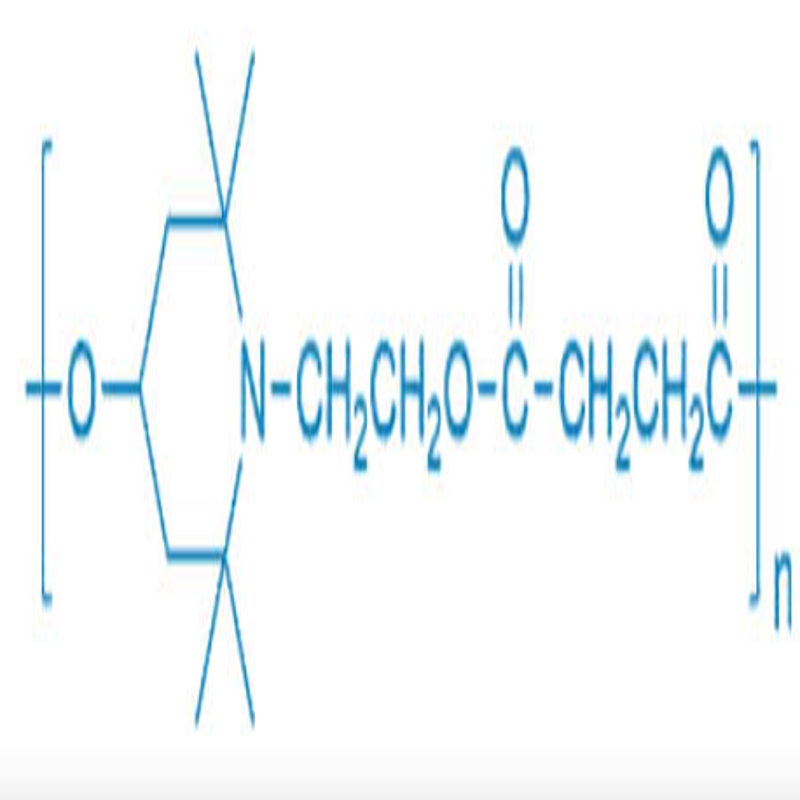-
Categories
-
Pharmaceutical Intermediates
-
Active Pharmaceutical Ingredients
-
Food Additives
- Industrial Coatings
- Agrochemicals
- Dyes and Pigments
- Surfactant
- Flavors and Fragrances
- Chemical Reagents
- Catalyst and Auxiliary
- Natural Products
- Inorganic Chemistry
-
Organic Chemistry
-
Biochemical Engineering
- Analytical Chemistry
-
Cosmetic Ingredient
- Water Treatment Chemical
-
Pharmaceutical Intermediates
Promotion
ECHEMI Mall
Wholesale
Weekly Price
Exhibition
News
-
Trade Service
Global PE overcapacity will further intensify in the coming years
IHS Markit expects global polyethylene (PE) demand to grow by 4.
5 million mt/year in 2022, an increase of 3.
9%.
Global PE capacity is expected to increase by 8.
2 million mt/year, with a further 6.
8 million mt/year
in 2023.
Compared to the forecast demand growth, there will be 26.
5 million mt/year of PE overcapacity globally in 2023, an increase of 8.
8 million mt/year from 2019, the largest overcapacity
ever 。 IHS Markit pointed out that the capacity utilization rate of global PE installations will decline from 87% in 2019 to 82% in 2023, the lowest level since 1985, of which the capacity utilization rate of low-density polyethylene (LDPE) will perform strongly, about 87%, but the capacity utilization rate of high-density polyethylene (HDPE) and linear low-density polyethylene (LLDPE) will fall below 80%.
This will result in the shutdown of high-cost PE plants unless new capacity is delayed or demand growth levels are much higher than currently forecast
.
The tight supply of lubricant base stocks in Europe and the Middle East will continue
Base oil supplies in Europe and the Middle East have been severely constrained since the end of 2020, or more severely
compared to other regions.
Industry insiders said that base oil supply in Europe and the Middle East is unlikely to increase in the first half of this year, and market supply tensions will continue
.
Similar to many parts of the world, the European and Middle East base oil markets are being impacted by the pandemic-induced decline in fuel demand and reduced decompression gas feedstock for base oil production due to lower refinery operating rates due to the pandemic, and both regions continue to face additional challenges that continue to limit supply
, Samantha Wright, senior editor-in-chief of Aquans Exports to Europe, said in mid-February.
ExxonMobil: It's time to grow your carbon capture business
Faced with pressure from activist investors to become a greener company, ExxonMobil says it's
time to turn carbon capture into a real business 。 ExxonMobil is now counting on carbon capture and storage as its primary way to meet its greenhouse gas emissions reduction goals, touting at its annual analyst day on March 3 that it recently created a new business unit to commercialize carbon capture and storage technology, saying that policy changes and other advances combined to make the technology more viable, saying that carbon capture will grow into a $2 trillion market by 2040 and is the cheapest way to solve the carbon problem
。 ExxonMobil says the current U.
S.
tax credit for carbon capture is up to $50 per tonne, which costs less than incentives to promote electric vehicles
.
Hydrogen will become a low-carbon solution in the transformation of oil majors
At present, the oil majors are in a dilemma, their main products are oil and gas, and the global energy transition is rapidly underway
.
Utilities are building solar and wind power generation capacity, and electric vehicle battery plants are under construction
.
Big oil will likely choose to get into these areas, where many European oil companies, including Total, BP and Shell, are already moving
full speed ahead.
Compared to the long-term outlook for transportation fuels, oil majors see petrochemicals as a key growth business and are therefore expanding their petrochemical business
.
Oil and gas companies are accustomed to making large-scale capital investments
.
But its core competence has always been in oil and gas exploration and operating oil and gas businesses – including downstream petrochemicals
.
To play to their advantage, oil majors should perhaps dabble in renewable sources of hydrogen, blue hydrogen, or even green hydrogen
produced by solar and wind.







